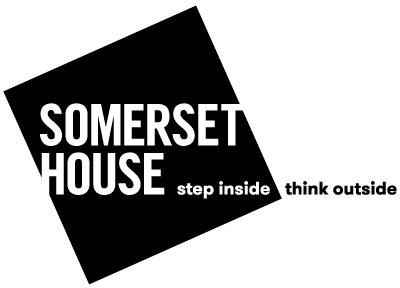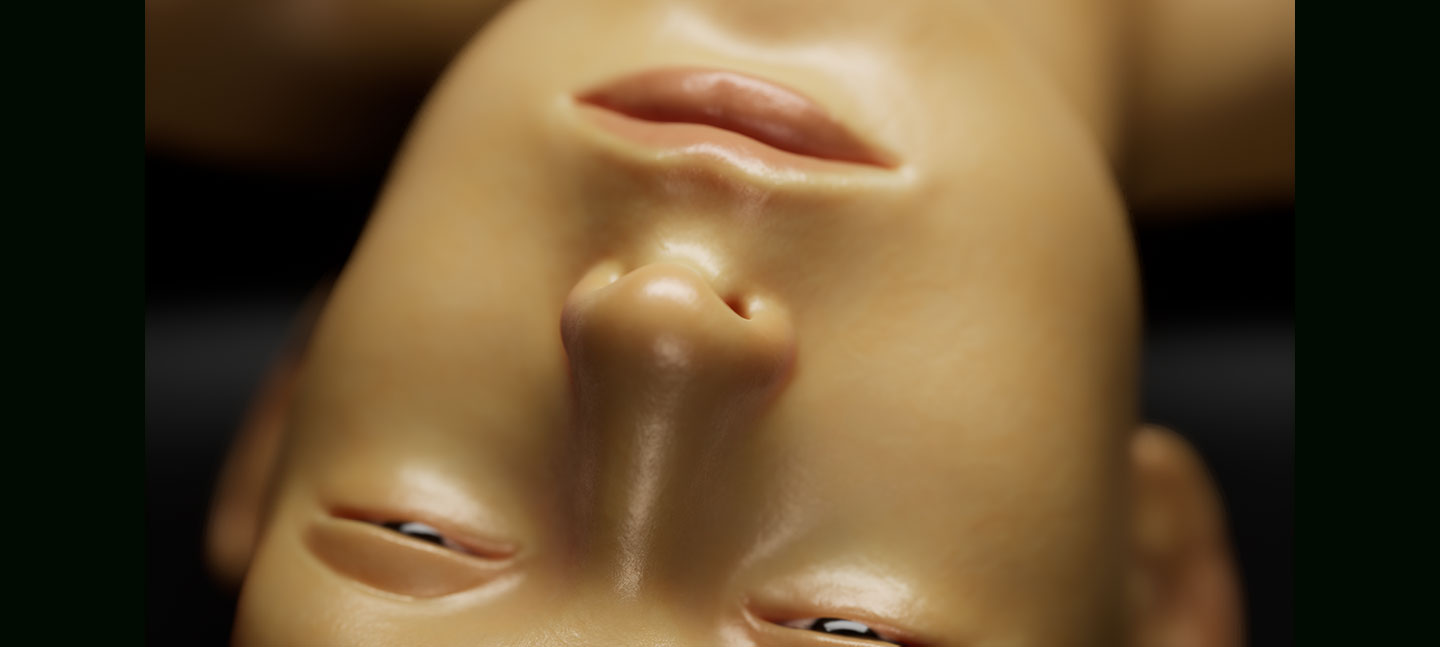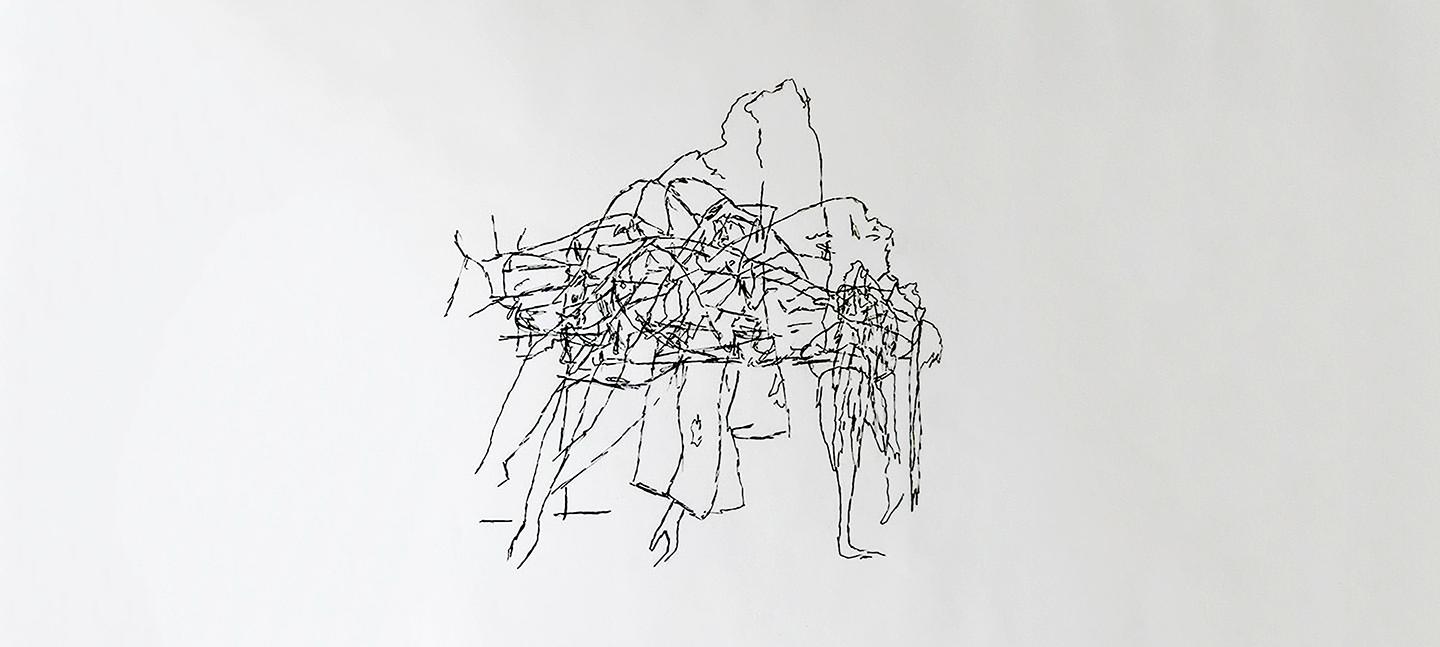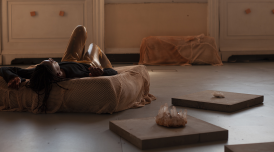‘I am late, I have lost, I did not arrive
On time
In this gap, this failure,
Time is mine
And this
Is a kind of solitude
And a frequency, an offering, a kind of light’
— SERAFINE1369
We can no longer deny ourselves is a newly commissioned multi-part installation by body-focused artist and researcher SERAFINE1369.
Unfolding across the interconnected spaces of the River Rooms, We can no longer deny ourselves explores systems that shape perceptions of time. The installation is conceived as an ‘exploded clock’ made up of several elements including sculptural objects, video and live performance, with immersive lighting and audio.
We can no longer deny ourselves is an invitation to consider the material and psychic dimensions of time and how these are felt by our bodies. Creating a space for time’s expansion, contraction and diffusion, the exhibition is a reflection on relationships between time and labour, bodies and capitalism. The work explores how these interplays can lead us away from ourselves by working in opposition to the cycles of circadian rhythms, our grief, and to the celestial bodies that connect all beings to the earth’s movements and root systems.
The exhibition responds to the features of the unrenovated and austere architecture of the River Rooms and the layers of difficult histories that live in its fabric. Refraining from covering or masking the building's truth, SERAFINE1369 works with subtle interventions that use and echo its existing materials and colours.
Drawing attention to ways of looking, the first gallery contains a large water bowl and multi-channel video that traces features and close-ups of the exhibition spaces at different times of the day. They propose a moment of focus and reorientation as a way of arriving in the exhibition. It is the first of four gallery spaces housing a series of sculptures representing oscillators, idiophones and substances that have historically been used to measure and keep time: water, a pendulum, bells and quartz crystals. These hold ritualistic and spiritual associations of ablution, pendulum dowsing, church bells and crystal healing. Other objects distributed across the space also mark the passing of time, including an hourglass and a vase of lilies slowly decaying.
Together the sculptures and objects speak to an experience and understanding of time as simultaneously ancient, evolving and fragmentary. The materials used by SERAFINE1369 also reflect their ongoing interest in an ethics of recycling and renewal; the concrete slabs were found within the building and many of the other materials, such as the string fabric and water bowl, have appeared in earlier works by the artist.
The movement, lighting and sound elements of the installation, devised by SERAFINE1369 in dialogue with their long-term collaborators, set the conditions of the installation as changeable and unpredictable. The galleries are lit by daylight that filters through tinted windows, accentuating subtle shifts in light throughout the day. During darker hours, visitors are given torches to light the space for themselves and others.
Playing throughout the space, an audio composition is structured around the artist’s voice reading clock time by the minute for 24 hours a day, interspersed with a soundtrack of music, ambient noise, readings and the bell which strikes every hour. Each day a performer tunes their attention and physical presence to the shifting ambience and sensory impact of the installation and its architecture. In their response, they also contribute live readings and writing that accumulates on the walls of the entrance corridor. Out of gallery opening hours, the bell and speaking clock hold the energy of the space as they continue running, remaining audible outside the windows on the riverside of the building.
We can no longer deny ourselves offers time as a tool of transcendence, opening up other dimensions or relations, as something non-linear, bodily, imaginary and spatial. You are invited to enter and spend time in the space as a place for reflection and feeling.
A free handout accompanies the exhibition and includes a new text by SERAFINE1369, a conversation between the artist and curator Rahila Haque, and original writing and poetry by Phoebe Collings-James, Harun Morrison and Giorgia Ohanesian Nardin.








